Manufacturers brag about their vacuum cleaners’ cyclonic suction – It’s usually the first feature they highlight. Cyclonic vacuum cleaners are relatively new, yet they’re the most popular type of vacuums. What is a cyclonic vacuum cleaner, and what makes it so great? We here at HouseholdMe aim to answer those questions and more. Here’s everything you want and need to know about cyclonic vacuum cleaners.
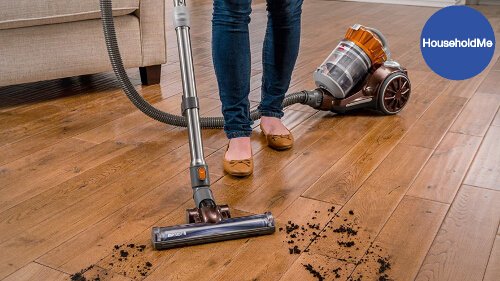
How New Is Cyclonic Vacuum Cleaner Technology?
Although they were around beforehand, cyclonic vacuum cleaners did not go mainstream until the late 1990s to early 200s. Prior to the latter half of the 1980s, straight-suction models were the most common vacuum cleaner choice among consumers.
Why Did Straight-Suction Vacuums Fall out of Favor?
Straight-suction vacuums clean the floors by linear suction that draws in dirt and debris, sending them directly to the vacuum bag. Simultaneously, the air that’s pulled in by the vacuum cleaner is released through the vents.
While straight-suction vacuuming does work, it also releases dust and other allergens into the air. Plus, the fuller the bag gets, the less efficient the suction becomes. When cyclonic suction technology was introduced to the public, it quickly replaced the straight-suction technology that was used in vacuum cleaners.
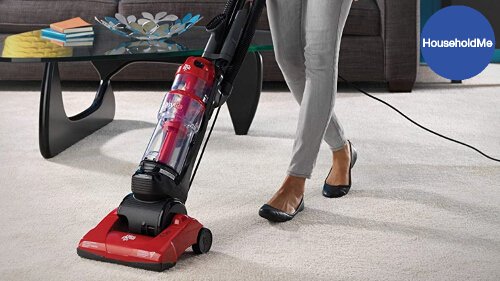
What Makes a Vacuum a Cyclonic Vacuum Cleaner?
Inside of a standard cyclonic vacuum cleaner, there is a fan and a bin. Similar to the way a washing machine extracts water from clothes, a cyclonic vacuum removes dirt and dust from the air it collects, spinning like a tornado to do so.
To separate the particles from the air, the vacuum’s fan spins the air at a high rate of speed. As the air spins, heavy particles like dirt and crumbs hit the sides of the bin, falling to the container’s bottom. At the same time, lightweight particles such as pollen and specks of dust are trapped by a filter, and the now-clean air is released into the room.
Do Cyclonic Vacuums Have a Bag?
If a vacuum cleaner has a bag instead of a bin, it’s not a true cyclonic vacuum. Cyclonic vacuums only use a hard-shell container to store dirt and debris. In fact, that’s one of the great aspects of these vacuum cleaners. Since cyclonic vacuum cleaners lack a bag, they do an excellent job of maintaining the flow of air, which equates to reliable performance.
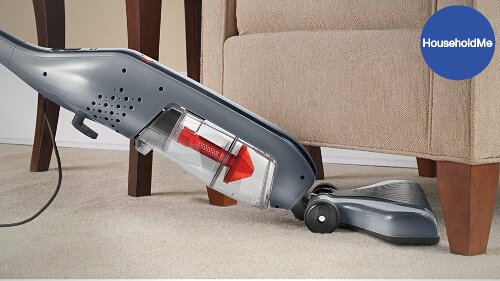
What Are the Benefits of Using a Cyclonic Vacuum?
As we just mentioned, cyclonic vacuums are reliable performers with their ability to provide a constant level of suction. Besides the airflow, there are other benefits of using a cyclonic vacuum that you won’t get from other vacuum cleaners.
A cyclonic vacuum won’t lose suction power until the bin is overfilled. Before that point, the suction is even and steady, starkly contrasting from the gradual weakening of suction in a bagged, straight-suction vacuum.
Cyclonic vacuum cleaners are also champs at filtering contaminants, keeping the surrounding air healthy. Many of these vacuums have bottom-release bins, which greatly reduce the volume of dust that flies into the air and onto your hands. Due to their filtration prowess, cyclonic vacuums are less likely to clog than straight-suction models.
What Type of Vacuums Have Cyclonic Technology?
When people think of cyclonic vacuum cleaners, they think of uprights. Although uprights reign supreme in households across America, cyclonic technology isn’t limited to just upright vacuums. Handheld and stick vacs also offer cyclonic suction. In addition, there are some central vacuum cleaners that create the centrifugal force that is the hallmark of cyclonic suction.
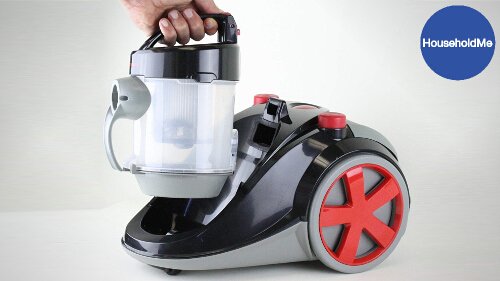
Do All Cyclonic Vacuum Cleaners Contain Filters?
The majority of cyclonic vacuum cleaners do house one or more filters. The main filter may be a run-of-the-mill “high performance” filter or an actual high-efficiency particulate air filter. The difference between these two filters is the amount and size of the particles they trap, with a HEPA filter being able to capture more and smaller particles.
A lot of cyclonic vacuums also have another filter. Typically made of foam, the additional is called an exhaust filter; this is the last filter the air flows through before the vacuum releases it. There are even some cyclonic vacuum cleaners with a pre-motor filter. This filter traps big particles that tend to clog a vacuum, including hair and large pieces of dust.
Related Post: Best Water Filter Vacuums
What Is a Dual-Cyclonic Vacuum Cleaner?
Cyclonic, sometimes called mono-cyclonic or single-cyclonic, vacuums only generate one whirlwind. As the name suggests, dual-cyclonic vacuum cleaners produce two whirlwinds. Like a single-cyclonic vacuum, a dual-cyclonic model pulls air into the inlet around the brush roll. That air and the dirt that comes along with it spins around the bin.
Dual-cyclonic vacuums handle fine particles with a second cyclone. Large particles fall to the bottom of the bin just as they do in a single-cyclonic vacuum cleaner. Then, the lightweight particles are pulled through a second cyclone in the center of the bin. Some of the small particles rest at the bottom of the second cyclone’s cone, and the others are caught by the main filter.
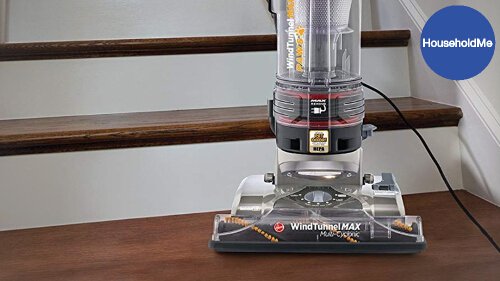
What Is a Multi-Cyclonic Vacuum Cleaner?
As far as the initial cyclone that dirt and air are whirled around in, there is no difference between a mono, dual or multi-cyclonic vacuum. Once the air and the finer particles reach the next cyclonic step, the configuration changes. Instead of another singular cyclone, the particles are whirled around in multiple cyclones, prolonging the filter’s lifespan and enhancing the vacuum’s suction strength.
Do Dual and Multi-Cyclonic Vacuum Cleaners Require a Filter?
Not necessarily. The need for a filter depends on the type of cyclonic vacuum. Filter-free cyclonic vacuums are usually those that produce multiple cyclones of suction.
Although every kind of cyclonic vacuum cleaner is effective at trapping air-contaminating particles, the sheer number of cyclones in a multi-style model makes it a little better at filtering dust. While you may pay a little more for a multi-cyclonic vacuum cleaner, the trade-off is a filter that will last the life of the vacuum.
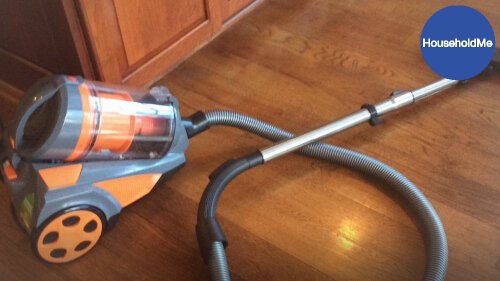
If you have any questions or comments, please add them below in the comment section. Similarly, please let us know if you spot any mistakes or omissions. Thanks!
